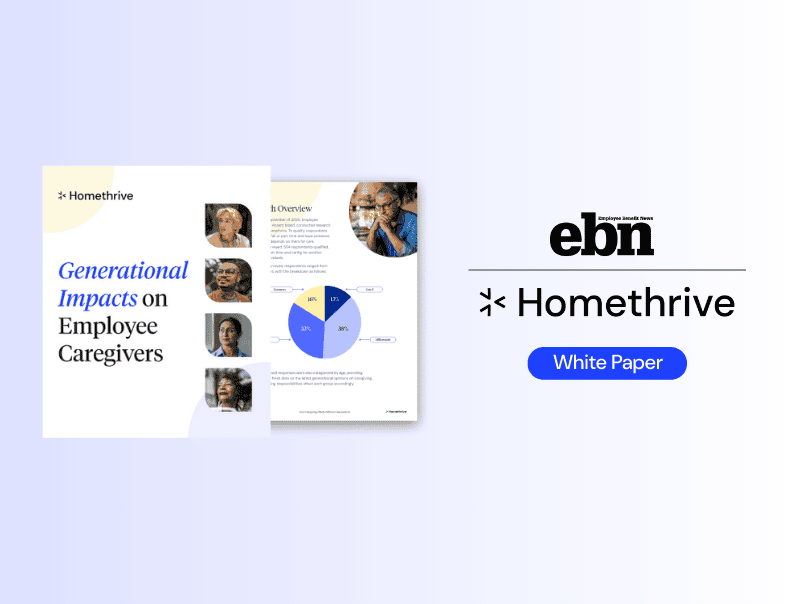Turnover is draining not only on time, but also on financial resources. According to the Society for Human Resource Management (SHRM), the cost of employee turnover has risen to an all-time high, with businesses losing an average of 3 months of the employee’s salary per employee who leaves.
For an employee making $50,000 annually, that could mean $12,500 lost if that employee leaves. And the numbers only increase from there.
There are many reasons why employees leave their jobs. The most common preventable reason is they don’t feel appreciated or valued by their employers. Other common reasons include a lack of growth opportunities and poor work/life balance.
At Homethrive, our goal is to help your organization foster a company culture that’s grounded in empathy, inclusivity, and connectedness. One way this type of culture can be achieved is through administering stay interviews.
Stay interviews can be a great way to find out what your employees think and feel and to identify ways to keep them happy and engaged.
What Is A Stay Interview?
Stay interviews are structured, one-on-one meetings between managers and employees, which aim to learn specific actions the manager can take to strengthen that employee’s engagement and the likelihood they’ll stay with the organization.
Outcomes from these interviews may include anything from individual workflow changes to company-wide initiatives if specific and measurable trends become evident. Conducting regular stay interviews can help a company not only increase employee engagement and satisfaction, but also identify any potential problems before they lead to employee turnover.
Why Are Stay Interviews Important?
Companies shouldn’t wait for an exit interview to find out what an employee thought about the company. Stay interviews provide critical space for an employee’s priorities and expectations to be heard and understood, plus the opportunity for issues to be addressed efficiently. Stay interviews can help you:
- Identify what your employees value most in their job
- Find out what motivates employees
- Address any concerns employees may have
- Provide employees with feedback and recognition
- Show employees you’re invested in their development and growth
Additionally, if stay interview data is centrally stored and analyzed, the company receives key data that can be used to improve policies, processes, culture, or the work environment. This means that solutions to address widespread issues throughout the organization (that may otherwise remain hidden) can be addressed swiftly, in real-time.
How To Conduct A Stay Interview
You should conduct stay interviews in a private setting, such as in the manager’s office, a nearby neutral location, or over a secure virtual platform. The meeting should be scheduled ahead of time, and both the manager and the employee should come prepared with questions.
The following tips will help you make the most of your stay interviews:
- Don’t Assume Anything – Try not to assume you know why an employee is considering leaving or what could keep them engaged. Let them do most of the talking and resist the urge to interrupt.
- Be Flexible – Be prepared to discuss any topics that come up, even if they’re not on your list of prepared questions. This will show the employee you’re open to hearing their concerns.
- Make It Comfortable – Try to create a comfortable and relaxed atmosphere where employees feel free to be open and honest.
- Follow Up – After the stay interview, follow up with the employee to let them know what actions you will take as a result of the meeting. This will show them you’re invested in their development and growth.
Retain Top Talent With Stay Interviews
Stay interviews can be a great way to understand your employees’ perspectives and identify ways to maintain their satisfaction. By taking the time to conduct stay interviews regularly, you can show your employees that you’re invested in them (both personally and professionally), and that you’re committed to keeping them a part of your team.
To learn more about supporting your employees, check out more resources on our website. For weekly insights in your inbox, sign up for our newsletter!







